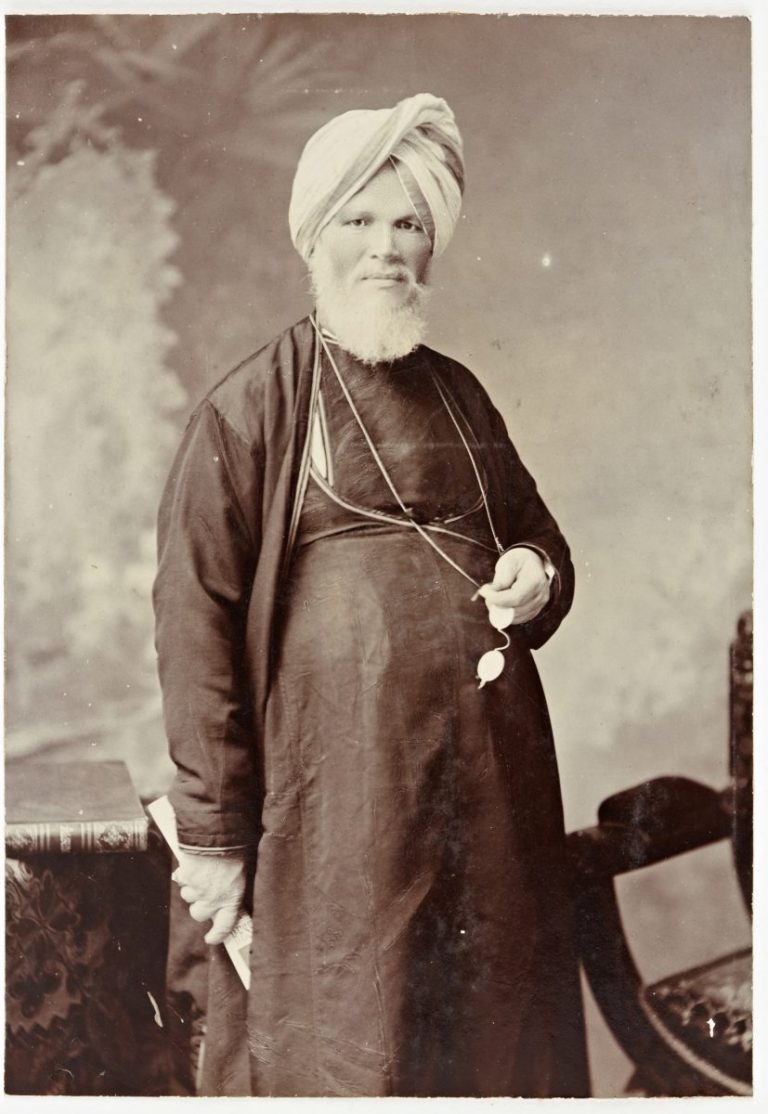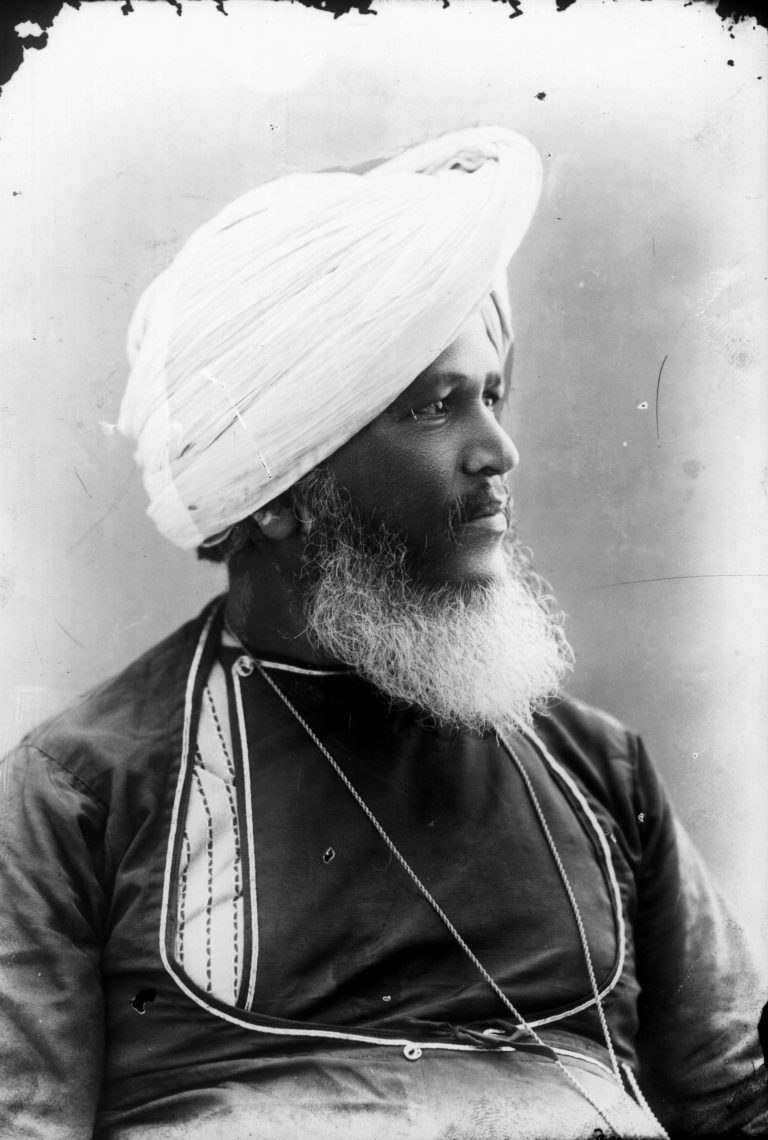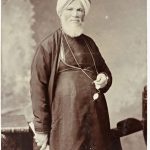Raja Deen Dayal


Photographer
Lala Deen Dayal was born in 1844 in Sardana near Meerut. He attended the Thomson Civil Engineering College in Roorkee to learn photography. In 1866, he joined the Government service in Indore but left after a short period to pursue photography as a serious hobby. Sir Henry Daly, the Agent to the Governor General for central India, encouraged him to do so. In 1865, Deen Dayal started his firm in Bombay under the name Deen Dayal and Sons.
In 1884, he visited Hyderabad to complete another album with a letter from Lord Dufferin to Mir Mahboob Ali Khan, Nizam VI. Deen Dayal’s reputation as an outstanding photographer was confirmed by this time. Nizam VI was impressed with Deen Dayal’s work and persuaded him to accept an appointment as his Court Photographer and to settle down in Hyderabad. Thus, his firm “Raja Deen Dayal and Sons” came into existence in Secunderabad around 1885. Deen Dayal photographed the Nizam at ceremonial parades, receptions, and on hunting trips. Secunderabad was one of the largest cantonments in India at the time and a potential source of endless business.
In 1887, Queen Victoria granted a royal warrant of appointment, making it the first royal appointment in India awarded to an Indian firm.
In 1892, Deen Dayal opened a Zenana (Ladies) Studio in Hyderabad for the Purdah Ladies. At the peak of his firm’s prosperity, Deen Dayal employed over fifty people. He accompanied Lord Curzon during his visit to Hyderabad in 1903 and the Prince of Wales during 1905-06. He took 5000 photographs, all of which were greatly admired.
Deen Dayal and Sons had a branch of their firm at Hornby Road, Bombay, which was closed in 1910.
Deen Dayal was awarded the title of Raja Musavar Jung Bahadur by Nizam VI in recognition of his meritorious photographic services.
After Raja Deen Dayal’s death in 1906, his son Raja Gyan Chand maintained the establishment at Secunderabad. After the death of Mir Mahboob Ali Khan Nizam VI, the firm continued to receive the patronage of Mir Osman Ali Khan Nizam VII. Raja Gyan Chand died in 1916, leaving behind three sons: Trilokchand, Hukumchand, and Amichand. Amichand continued to maintain the family business in Hyderabad until his death.
Today, the family business continues. Recently, the family sold the photographic collection to the National Museum in Delhi.
Raja Deen Dayal and his photographs have left us a pictorial archives of priceless value, and his photographs are displayed in many old houses in Hyderabad.
References
-
Raza Ali Khan, Hyderabad: 400 Years (1591 – 1991)
Contributors
NIUM

